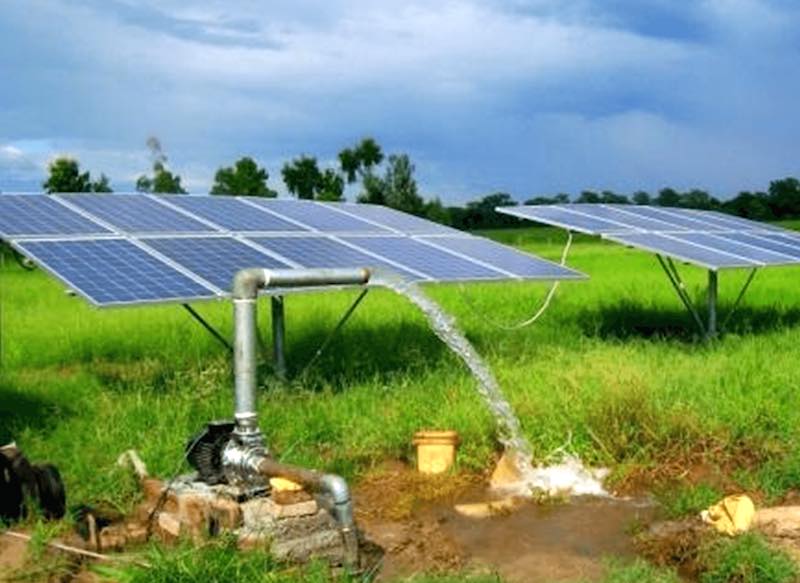A groundbreaking study launched on November 30, 2020, by Factor[e] Ventures, supported by the Rockefeller Foundation and the Windward Fund, finds that the lack of robust energy services in Africa’s agriculture sector is a fundamental obstacle to the sector’s growth. Agriculture and agribusiness together are projected to be a US$ 1 trillion industry in Sub-Saharan Africa by 2030, and access to sustainable energy should be at the top of the agenda for the sector’s transformation and development.
The new study reveals existing gaps in designing solar-powered irrigation, agro-processing, dairy farming, and cold storage projects in Uganda, Nigeria, and Kenya, lessons learned, and five agriculture-energy opportunities that can attract commercial investors.
With limited energy and technology to grow, harvest and process crops, profits are lower, restricting the potential income for farmers and frustrating the growth of rural communities and the agricultural sector.
In Nigeria, a new report by the USAID Power Africa led by Rocky Mountain Institute (RMI) shows that with little to no market development support, renewable energy mini-grids can power cassava grating, rice milling, and maize or grain flour milling in Nigeria, a country that accounts for 1/3, 1/5, and 1/8 of annual African production of those crops, respectively. Nigeria has identified cereal grain, cassava, and rice as priority crops for increasing domestic value-addition. In Nigeria alone, the farmgate value of the three crops annually is already significant–a total of $17.5 billion–and could be much greater with better access to clean, reliable electricity. Electrifying these value-add activities with mini-grids can cut operating costs and emissions compared to fossil fuel motors, enabling a less than two-year payback for new equipment.

Besides access to credit, other barriers are lack of awareness and education for would-be equipment purchasers, lack of market access to sell increased production volumes, and lack of access to electric equipment locally in the community.
According to the report, Energy is a fundamental building block of agricultural systems and agriculture can anchor rural energy systems. Indeed, almost a third of global energy is consumed in agriculture and food systems, which produce a fifth of global greenhouse gas emissions.
Lessons Learned
The report says costly systems are prohibitive for many smallholders, even where financing is available, as the leap is too great.
“Instead, investment in irrigation needs to be broken down into a series of steps to bring solar water pumps within reach. Amiran saw little traction for a single, expensive offering,” the report says, adding: “A solar water pump, even with repayment over multiple growing seasons, is a big leap for a farmer who has never even purchased a basic irrigation product. An approach based on a better understanding of the outgrower farmer and how their needs evolve as they become more productive might have more success.”
It adds that the cost of delivering irrigation technology to farmers is prohibitive without outgrower support. The report adds that pump solutions need to be matched to crop, topography, water and infield irrigation requirements.
“Irrigation programs need to be designed at large scale and underpinned by
asset financing to be successful. Smallholders will always be difficult to serve
individually. Some guarantee of volumes will incentivize partners to test adoption and repayment approaches over multiple growing seasons and to mitigate credit risk across several farmer cohorts or outgrower networks,” the report says.
The report further says that the public sector should directly subsidize market and environmental mapping costs in addition to supporting training and extension service, demonstration expenses, and incentives to early adopters to prime the local market.
“Technical assistance and strong agricultural expertise are needed for providers who are aiming to market products and services to smallholders,” the report says, adding: “Technology and energy providers need market input from agriculture-led programs.”






Good information